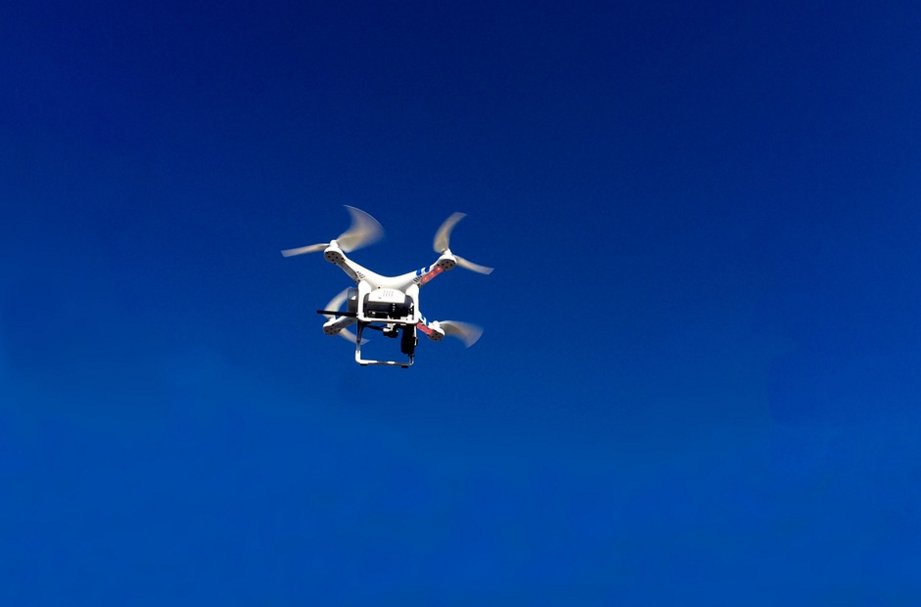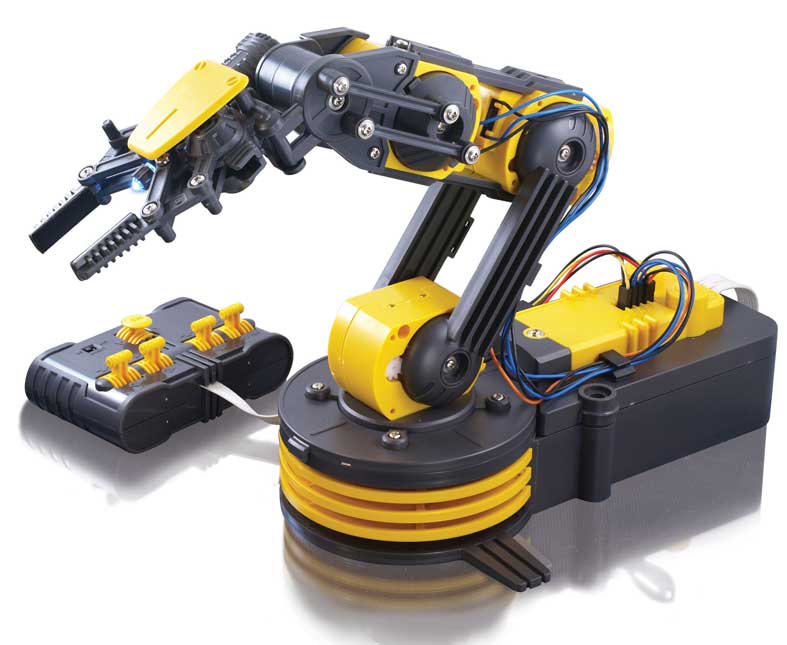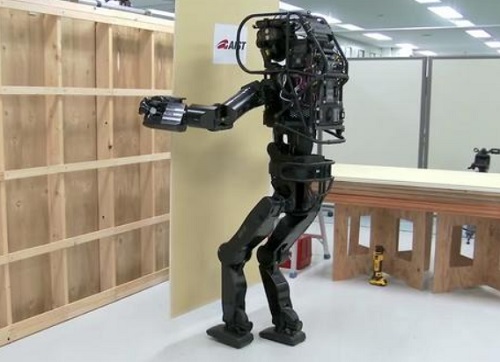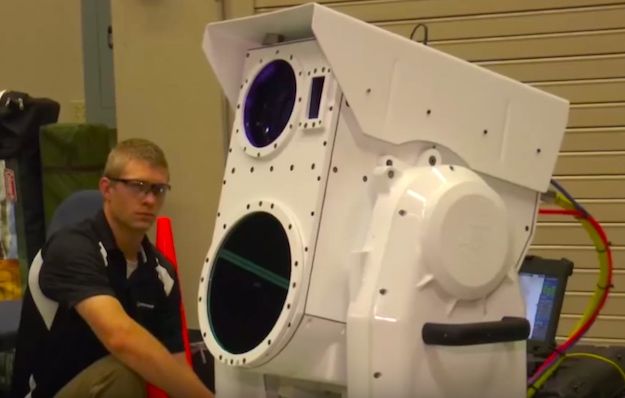Researchers develop an autonomous bat-like robot that uses echolocation to move through the environment
12/08/2018 / By Edsel Cook

Israeli researchers unveiled an autonomous robot that uses the same sensory apparatus as a bat. A Science Daily article described how the machine employs echolocation to create a constantly-updating map of the environment while moving around obstacles.
Bats navigate themselves by emitting high-pitched sound and listening to the echoes created by the waves as they bounce off objects. Their brains can translate the reflected sound in an instant; they can “see” their changing surroundings and avoid dangers like predatory owls, trees, and other bats at the drop of a dime.
In contrast, autonomous robots equipped with the latest sonar systems and artificial intelligence tend to bump into obstacles or even lose their bearings. One might wonder how they will be able to find Sarah Connor at this rate.
Researchers have come up with numerous theories about how bats are much better than robots when it comes to using sonar as a means of navigation. The Tel Aviv University (TAU) is the first to give this navigational ability to a robot with the unimaginative name of “Robat.” (Related: Coming soon: Mini robot grocery stores.)
This new robot’s sonar system is based on bat echolocation
Earlier robots equipped with sonar systems use the sensor to determine the distance to objects in their path. It is fairly similar in concept to the method used by ships and submarines to locate objects that are underwater.
TAU researcher Itamar Eliakim and his teammates based the echolocation system of Robat on the biological means used by bats. The animals emit ultrasonic sounds from their mouths and use their pair of sensitive ears to catch the echoes.
Similarly, Robat features a single ultrasonic emitter positioned at its front. Much like the mouth of a bat, the emitter releases sounds of the same frequency and at the same rate used by the animals.
On the receiving side, the robot also has two microphones that can pick up those ultrasonic echoes. They are positioned in more or less the same position that ears would be on a bat’s head.
Robat is completely reliant on this sonar system for navigation. The machine itself looks like a fairly typical robot with a boxy body and four wheels.
An autonomous robot that is as “blind” as a bat
In the TAU experiment, Robat was sent through an outdoor environment that it had never encountered before. The robot was given the task to map out the place using its sonar system.
Animals can accomplish this simple task with ease. They have the natural smarts to do so.
Like other robots that have tried and failed before it, Robat has an artificial neural network that serves as its brain. This electronic brain looks at the shapes of the objects picked up by the sonar. It then proceeds to catalog the objects, adding each and every one of them to the map it is building in its memory.
At the same time, Robat evaded apparent obstacles in its way. If it encountered a barrier, it compared the object to its database. If the impediment is a wall, the robot will back away and look for another path. If it is a plant or something similarly flimsy, full speed ahead.
“To our best knowledge, our Robat is the first fully autonomous bat-like biologically plausible robot that moves through a novel environment while mapping it solely based on echo information — delineating the borders of objects and the free paths between them and recognizing their type,” claims Eliakim. “We show the great potential of using sound for future robotic applications.”
So what other machinery are researchers going to install on autonomous robots? Find out at Robotics.news.
Sources include:
Tagged Under: artificial intelligence, autonomous robots, bats, breakthrough, echolocation, innovation, inventions, robotics, robots, sonar




















